As an individual that is constantly exposed to outdoor elements, I understand the importance of identifying bug bites. Knowing how to tell bed bug bites from mosquito bites is a skill that could potentially save you from a lot of discomfort and hassle. This article will provide you with an ultimate guide to bug bite identification so that you can accurately identify bed bug bites and mosquito bites.
What are Bed Bugs?
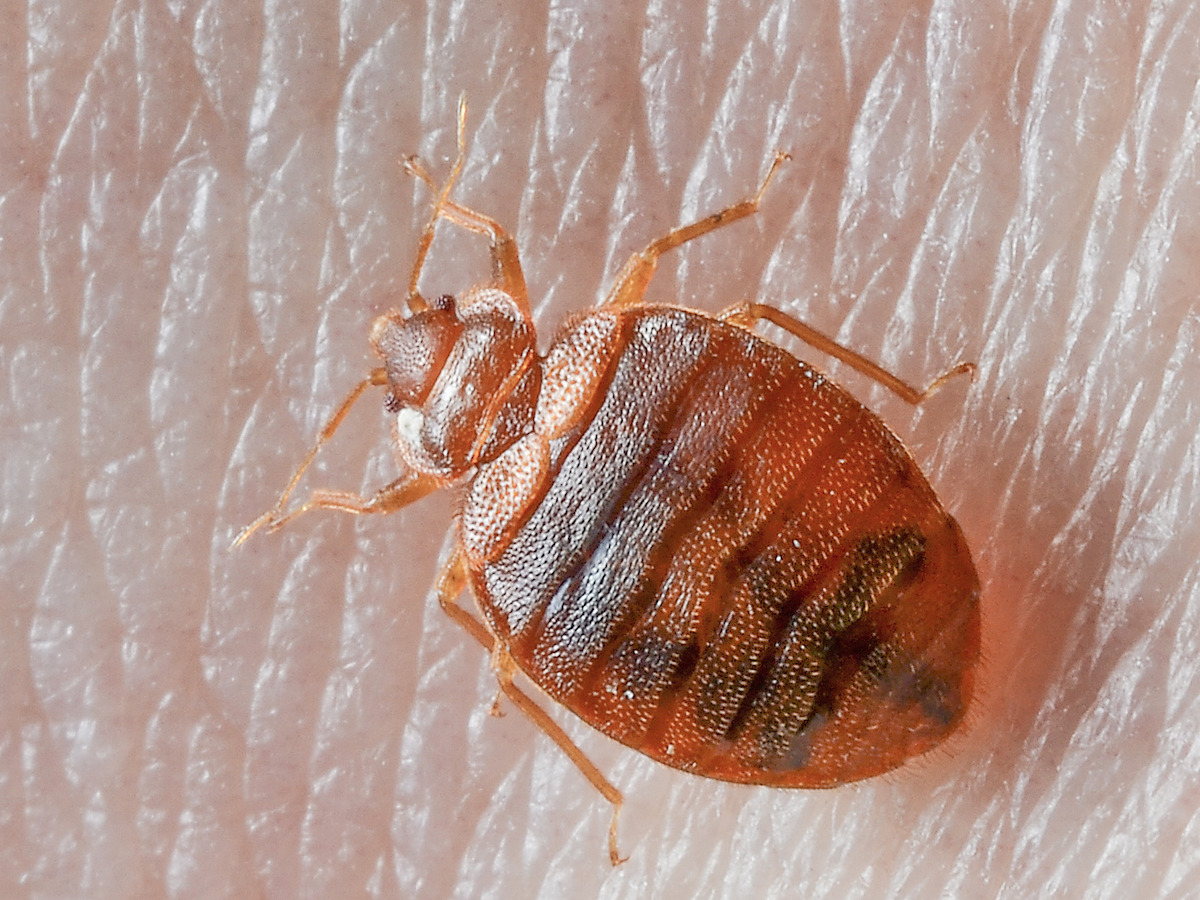
Bed bugs are small, oval-shaped pests that feed on human blood. They are brownish in color and grow to around 1/4 of an inch in length. Bed bugs are nocturnal and hide in mattresses, box springs, bed frames and other places where they can find a human host. They are known to travel from one place to another, often hitching a ride on clothing, furniture and luggage.
Bed bugs can be difficult to detect and identify due to their small size, so it’s important to know what signs to look for. Common signs of bed bug infestation include dark spots on mattresses, bedding and other surfaces, as well as an unpleasant musty odor. Bed bugs can also leave behind small blood stains on sheets and pillowcases from where they have bitten their host.
| Bed Bug | Mosquito |
|---|---|
| Small, oval-shaped | Slender, long-legged |
| Brownish in color | Grayish in color |
| 1/4 of an inch in length | 3/8 of an inch in length |
| No wings | Two wings |
| Nocturnal | Daytime |
| Hide in mattresses, box springs, bed frames | Hide in tall grass, shrubs, and bushes |
| Feed on human blood | Feed on plant nectar |
What are Mosquitoes?
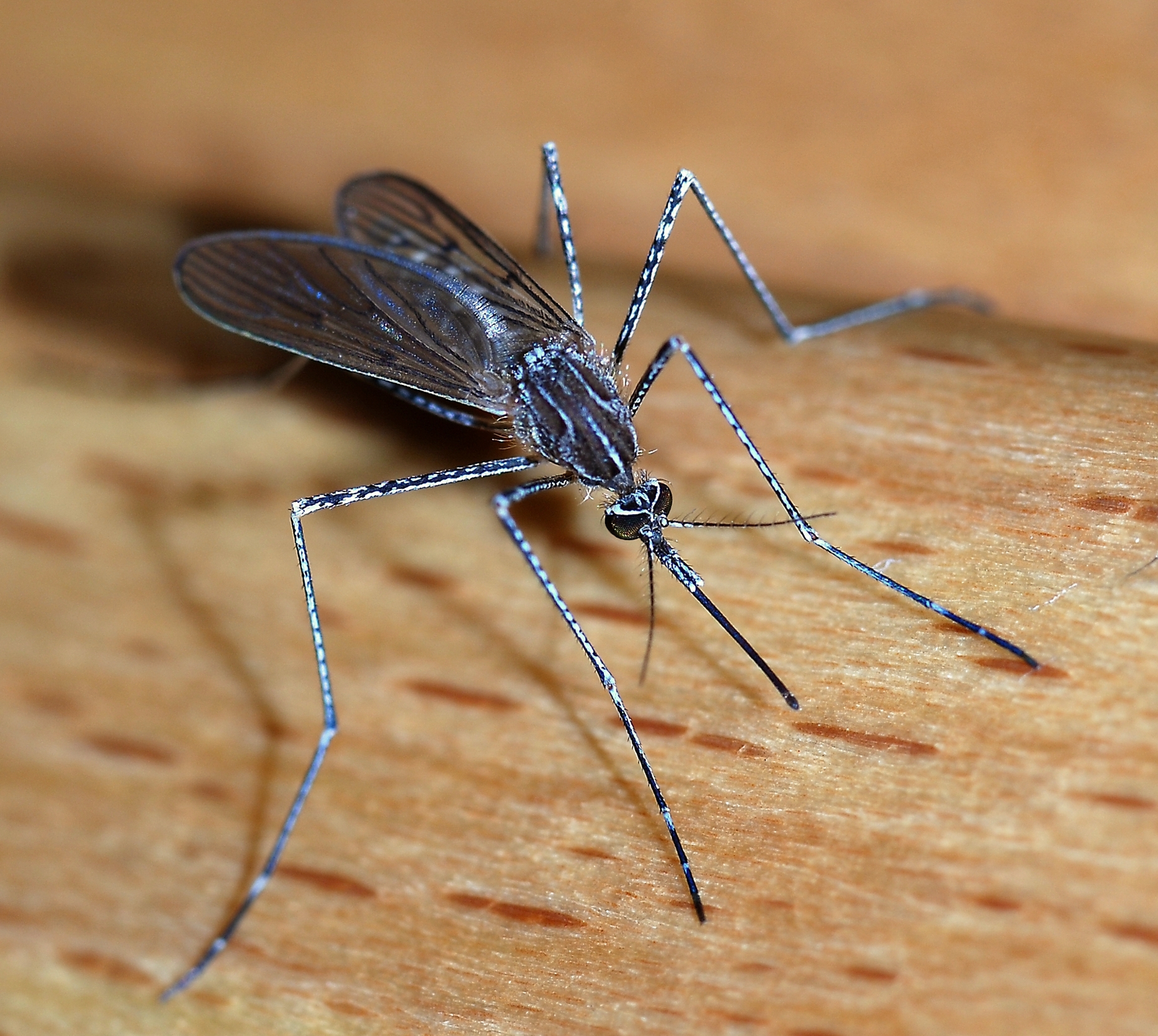
- Mosquitoes are small, flying insects that feed on the blood of humans, animals, and other living creatures.
- They have long legs and a long, slender body covered with tiny scales.
- The female mosquitoes are the only ones that bite and feed on blood, as they need the protein in the blood to produce eggs.
- Mosquitoes can be found all around the world and are most active at dusk and dawn.
- They are typically most active during the warmer months of the year, but can also be found during the colder seasons as well.
Signs and Symptoms of Bed Bug Bites
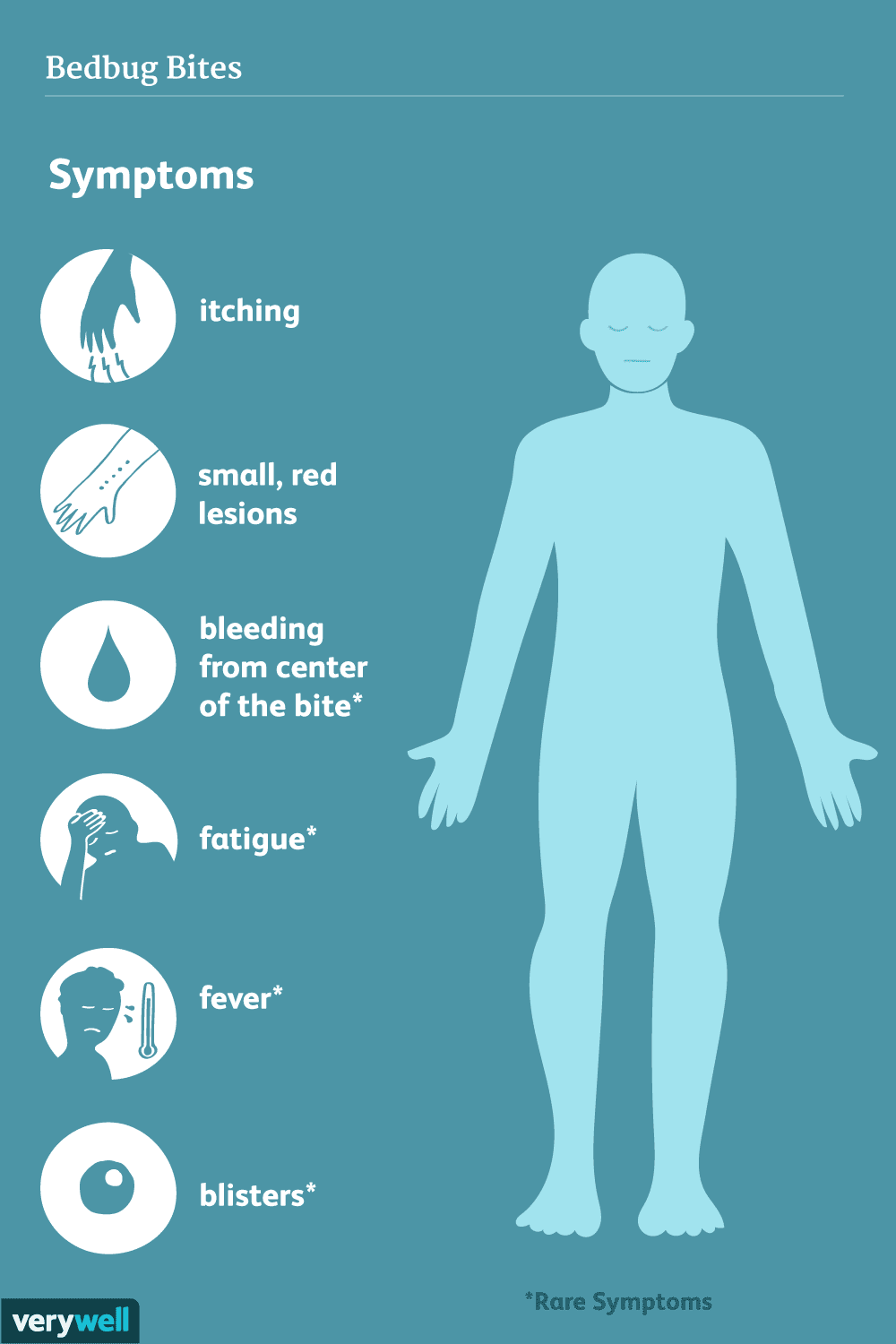
- Itching
- Reddish, swollen skin
- Small red bumps with a darker red spot in the center
- Possibly hives
- Lines of multiple, red itchy welts
- Swollen lymph nodes
Bed bug bites can appear up to 14 days after coming in contact with the bugs. The symptoms may also differ from person to person. For some, bed bug bites may be very small and barely noticeable, while for others they may cause more severe reactions, such as hives and itching. In some cases, bed bug bites can even cause allergic reactions.
Signs and Symptoms of Mosquito Bites
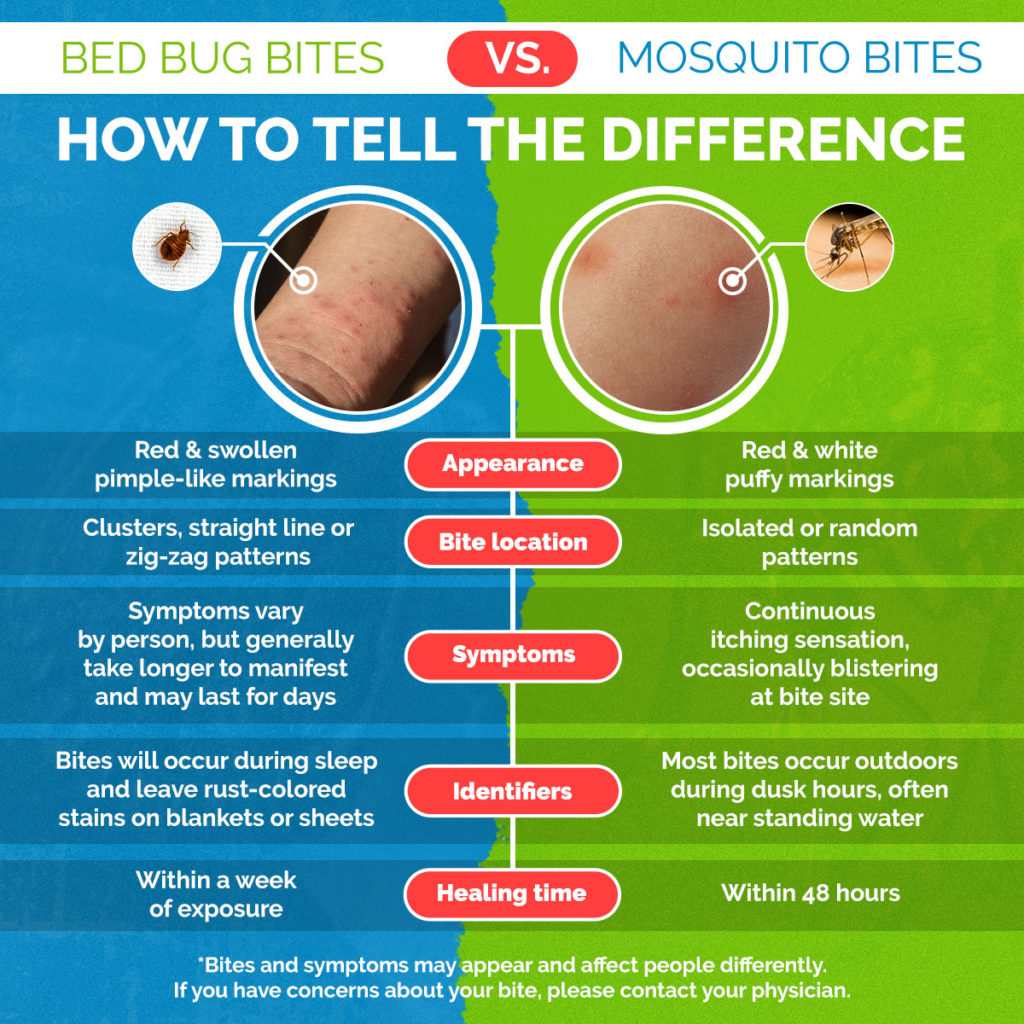
My mosquito bites usually appear as a small, red bump, often with a slightly raised center. They are often very itchy, and may become increasingly irritated if I scratch them. I may also develop a small, red halo around the bite, which is a sign of an allergic reaction. In rare cases, I may experience more severe reactions, including:
| Symptoms | Description |
|---|---|
| Fever | A temperature above normal for me |
| Headache | A dull or throbbing pain in my head |
| Body Aches | Pain or soreness in my body |
| Fatigue | Extreme tiredness, feeling of exhaustion |
| Nausea | Feeling of sickness, need to vomit |
| Vomiting | Forcing out stomach contents through the mouth |
| Rash | Raised red patches on my skin |
| Swelling | Enlargement of the affected area |
| Joint Pain | Pain or discomfort in my joints |
In very rare cases, I may experience anaphylaxis, a life-threatening allergic reaction. Symptoms of anaphylaxis include difficulty breathing, swelling of the throat, and dizziness. If I experience any of these symptoms, I should seek medical attention immediately.
Comparison of Bed Bug and Mosquito Bites
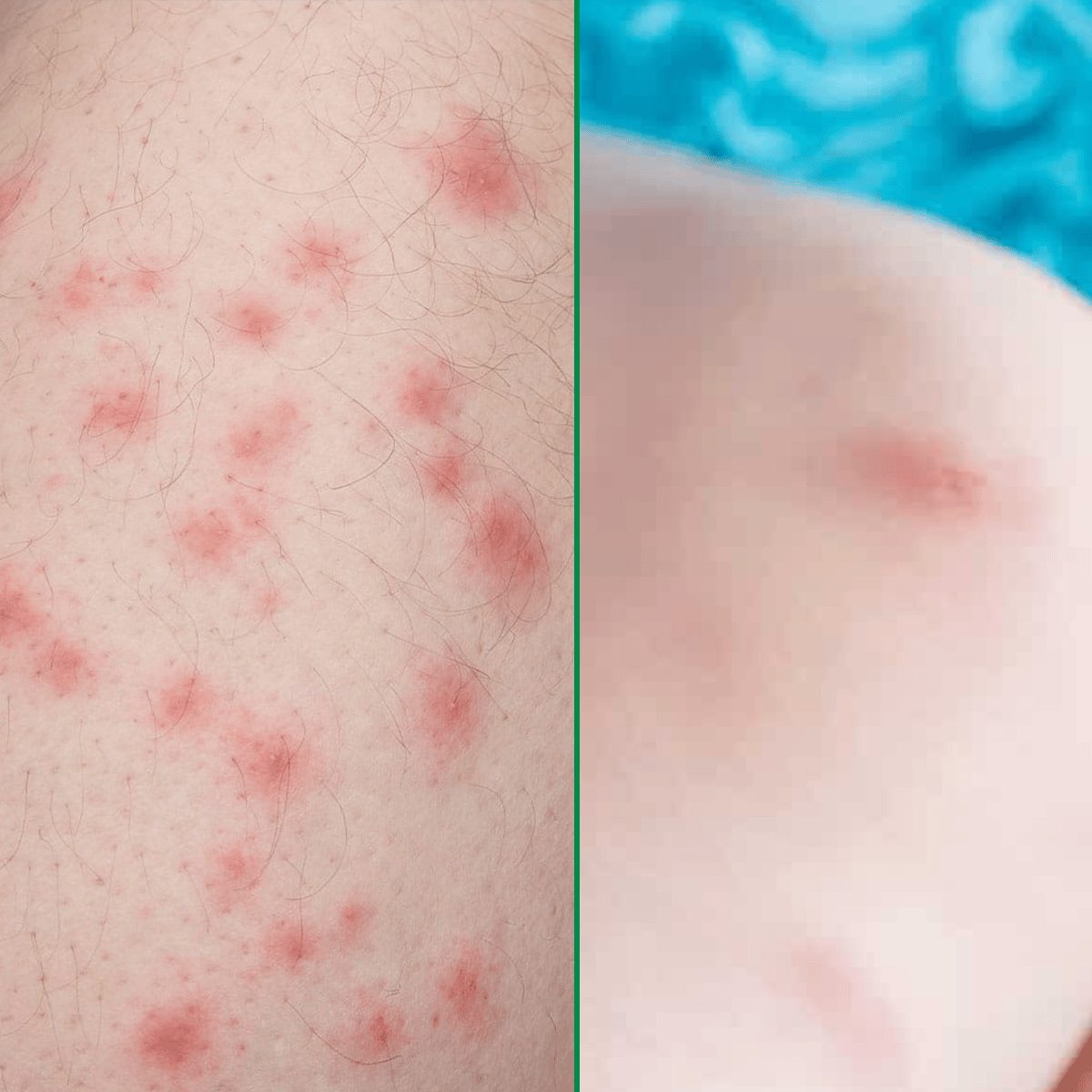
- Bed bug bites usually appear in a line or cluster of three, while mosquito bites appear as a single bite.
- Bed bug bites are usually flat or raised, while mosquito bites are usually raised, swollen, and have a red halo.
- Bed bug bites cause intense itching, while mosquito bites cause mild itching.
- Bed bug bites may be more painful than mosquito bites.
Bed bug bites are usually found on uncovered parts of the body (like face, neck, hands, and arms), while mosquito bites are usually found on covered parts of the body (like legs and ankles). Bed bug bites may take several days to appear, while mosquito bites usually appear within a few hours. Bed bug bites will often linger for several days, while mosquito bites usually go away within a few days.
Other Insects That Bite
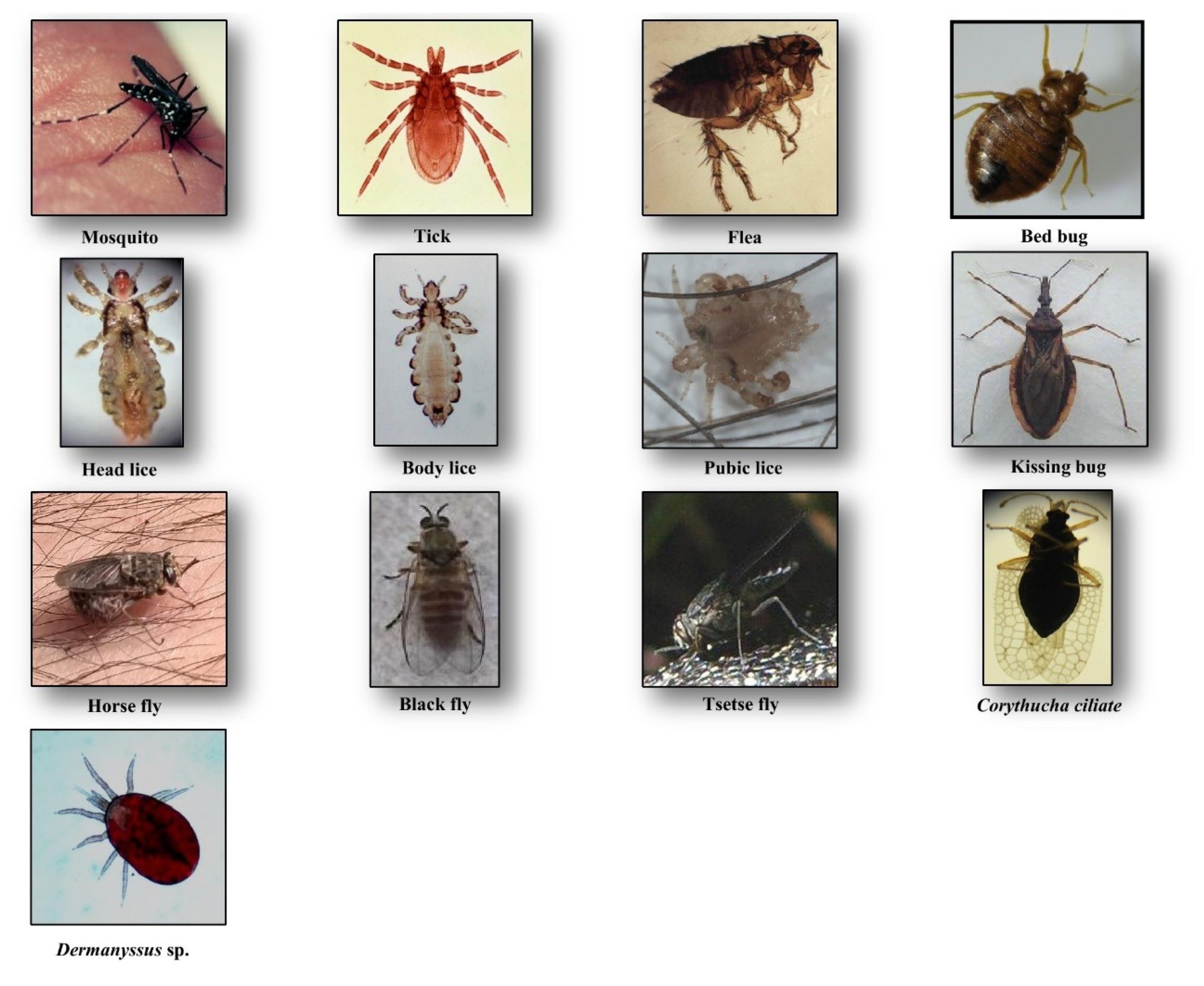
Fleas, ticks, lice, and mites are other insects that can bite and cause irritation. Flea bites usually appear as small red dots on the skin. Ticks bite and cause a red bump on the skin, which can be itchy or painful. Lice bites are usually found in clusters and appear as small red bumps. Mite bites are usually found in clusters and look like small bumps with a red ring around them.
| Insect | Appearance |
|---|---|
| Fleas | Small red dots on skin |
| Ticks | Red bump, itchy or painful |
| Lice | Clusters of small red bumps |
| Mites | Clusters of small bumps with red ring |
It is important to note that these bites can often be confused with bed bug bites, so it is important to look for other signs such as the presence of insects or eggs.
Prevention of Bed Bug and Mosquito Bites
The best way to prevent bed bug and mosquito bites is to practice good hygiene and housekeeping. Vacuum and wash bedding, linens, and other fabrics regularly. Keep clutter to a minimum and seal cracks and crevices in your home to prevent bed bugs from entering. Also, use bed bug-proof mattress and box spring encasements to protect against bed bugs. For mosquitoes, eliminate standing water, use air conditioning and window screens, and use insect repellents that contain DEET or picaridin.
Treatment of Bed Bug and Mosquito Bites
My first step in treating bed bug and mosquito bites is to clean the bite area with soap and water. I then apply an over-the-counter hydrocortisone cream to reduce itching and inflammation. If the itching is still very severe, I may take an antihistamine such as Benadryl. To help reduce swelling, I can also apply a cold compress to the area.
For more severe reactions, I may need to see a doctor and may require a prescription-strength antihistamine or corticosteroid. In extreme cases, I may need to receive a prescription antibiotic to treat a secondary infection.
| Bite | Treatment |
|---|---|
| Bed Bug | Clean with soap and water, apply hydrocortisone cream |
| Mosquito | Clean with soap and water, apply hydrocortisone cream, take antihistamine if needed |
| Severe Reaction | See a doctor, may require prescription-strength antihistamine or corticosteroid |
Frequently Asked Questions
What are the Key Characteristics of Bed Bug Bites?
Bed bug bites are typically in a line or cluster of three or more, are red and raised, and can cause intense itching. They are frequently mistaken for mosquito bites, however, they can be distinguished by the fact that they occur in patterns or clusters, while mosquito bites are usually singular. Bed bug bites can also cause small red bumps with a white center and can be found in unusual places, such as the neck, face, arms, and hands.
How can I identify a mosquito bite?
Mosquito bites can be identified by their itchy, red bump appearance and typically occur in clusters on exposed areas of skin. Mosquito bites can be quite painful and usually cause swelling and a burning sensation.
What are the signs of an allergic reaction to bed bug bites?
Bed bug bites may cause an allergic reaction in some people, resulting in signs such as raised welts, itching, burning, redness, and swelling. In severe cases, hives and difficulty breathing may occur. If any of these symptoms are present, consult a medical professional immediately.
How do I treat a bed bug bite?
Bed bug bites are usually not dangerous and do not require medical attention. The best way to treat a bite is to avoid scratching it, as this can cause an infection. Clean the area with mild soap and water and apply a cold compress to reduce swelling. If itching persists, anti-itch creams or antihistamines may be used for relief.
What preventative measures can I take to avoid bed bug bites?
Use mattress covers, vacuum the mattress and surrounding areas regularly, keep the bedroom clean and clutter-free, and check for signs of bed bugs when staying in a hotel. Wash and dry all clothing, bedding, towels, and linens that have been exposed to bed bugs on the highest heat setting possible. Also, seal any cracks and crevices in the walls or floors of your bedroom to prevent the entry of bed bugs.
Conclusion
Bed bug bites and mosquito bites can be difficult to differentiate, but there are some key differences. Bed bug bites tend to appear in clusters on exposed skin, while mosquito bites are more likely to be found on exposed skin and will usually be more isolated. Bed bug bites are usually more itchy and may last longer than mosquito bites. To be sure what type of bite it is, it is important to consult a doctor or pest control specialist.






